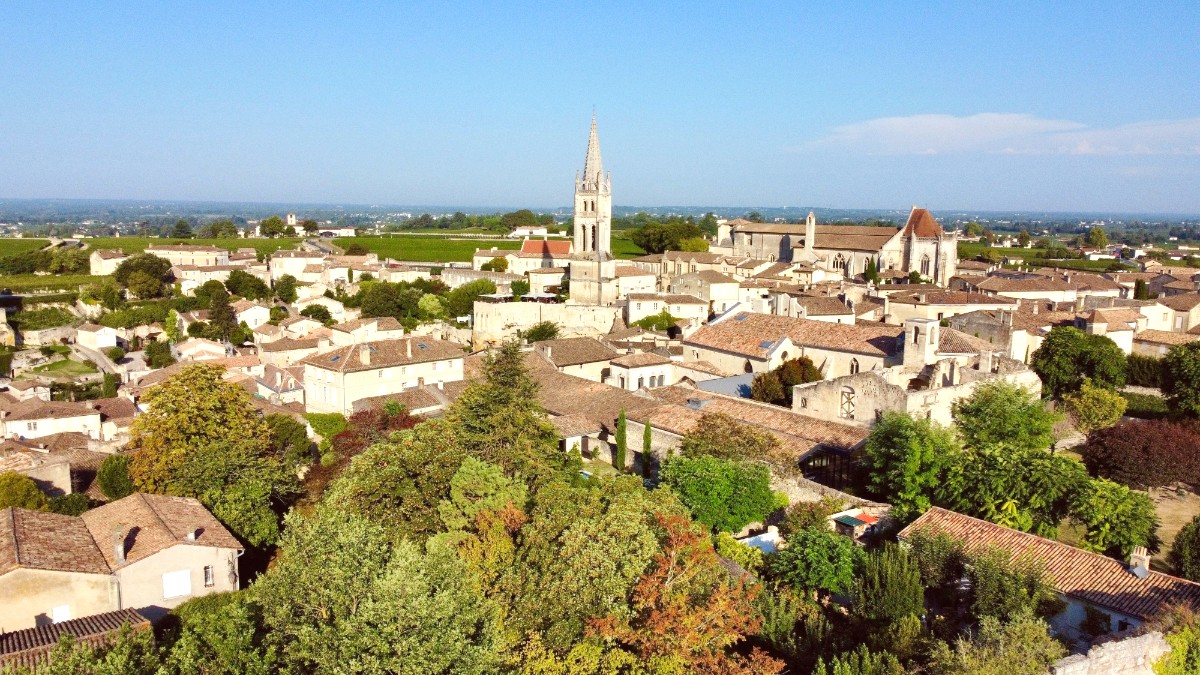
France
Bordeaux cuisine, mirrored by St-Emilion's dining scene, is known for robust, hearty dishes. Its history as a major port and fertile agricultural surroundings mean local food leans on high-quality meat (beef, duck), fresh Atlantic seafood, and seasonal produce.
St-Emilion's cuisine entwines with its wine; many dishes pair well with the region's full-bodied red wines. This food and wine synergy forms a cornerstone of the local dining experience.
Lunch (déjeuner) is 12:00-14:30. Dinner (dîner) is 19:30 onwards. Kitchens often close between services.
Highly recommended for dinner, especially at popular, fine dining spots and during high season. Good for lunch for larger groups.
Service is included by law ("service compris"). Tipping is not obligatory. For truly excellent service, rounding up the bill or leaving a small additional amount (e.g., 5-10%) is a gesture of appreciation.
A small, fluted pastry with a soft, custardy interior and a dark, caramelized crust. Flavored with rum and vanilla, a Bordeaux specialty. Widely available in bakeries.
Sweet treat, bakery staple
Classic Southwestern French. Duck leg slow-cooked in its own fat until tender, then pan-fried for crispy skin. Many traditional restaurants serve this hearty dish.
Hearty, traditional, widely available
A very traditional, rich stew with lamprey fish, often with a sauce based on local red wine, leeks, and herbs.
Seasonal (winter/spring)
St-Emilion is famous for its red wines (Grand Cru Classé), mainly Merlot and Cabernet Franc blends. This is the quintessential local beverage. Crémant de Bordeaux is a refreshing sparkling alternative.
Lillet, a fortified wine aperitif from nearby Podensac, a popular local choice. Kir (white or sparkling wine with blackcurrant liqueur) is another common pre-dinner drink. Espresso is standard coffee; "Café au lait" popular for breakfast.
St-Emilion and its immediate surroundings feature Michelin-starred or Bib Gourmand restaurants. These refined establishments often creatively interpret regional dishes, expertly paired with extensive local wines.
Numerous bistros, brasseries, and traditional Auberges throughout the village. These offer comfortable dining with local specialties, often good value with "Formule" (set menus).
International cuisine is limited in St-Emilion, focused on French and regional Aquitaine. For broader international dining, visit Bordeaux.
While traditional French cuisine is meat/fish-heavy, vegetarian options grow common (salads, vegetable starters, pasta). Vegan options may require more searching or specific requests.
Clearly communicate your dietary needs.
Halal and Kosher options are very limited or nonexistent in St-Emilion. Larger, more diverse cities like Bordeaux have more choices.
Plan accordingly or consider Bordeaux.
Awareness grows, but not universally understood in smaller, traditional establishments.
Carry a "gluten-free" or "allergy" card translated into French to communicate needs clearly.
Be specific about what you cannot eat.
Online forums or apps like HappyCow can help locate friendly restaurants.
Many châteaux, especially upscale ones, feature fine dining paired with their own wines. This promises an exclusive and memorable meal in a stunning setting.
An exclusive culinary event.
A quintessential St-Emilion experience. Purchase local provisions from the market or a bakery and savor a scenic meal among the vines.
Some wineries offer pre-packed picnic baskets.
Local food frequently incorporates red wine or local spirits. Many dishes are designed to pair seamlessly with the full-bodied red wines of the region.
Bread is served with most meals. Do not use it as an appetizer. It is meant to accompany your meal, often for pushing food onto your fork or soaking up sauces. Place bread directly on the tablecloth next to your plate, not on the plate itself.
St-Emilion's dining scene mirrors Bordeaux cuisine, known for robust and hearty dishes.
St-Emilion's cuisine is deeply entwined with its wine production.
Bread served with most meals. Not an appetizer; it accompanies your meal.
Lunch (déjeuner) typically runs from 12:00 to 14:00 or 14:30. Dinner (dîner) generally starts around 19:30 and extends until 22:00 or later. Many restaurants close their kitchens between lunch and dinner service.
Plan your day around these timings.
Reservations are highly recommended for dinner, especially at popular restaurants, fine dining establishments, and during high season. For lunch, reservations can be useful for larger groups.
Book ahead to secure your preferred dining experience.
Some châteaux offer workshops to learn about grape varieties and the art of blending. You can create and bottle your own personalized blend.
Staying in a chambre d'hôtes (guesthouse) fosters community-based tourism, enabling interaction with hosts and insights into daily French life.
Check local calendars for food and wine festivals like "Fête de la Fleur" (June) or Harvest festivals (autumn), often with special culinary events and tastings.
St-Emilion has less of a street food culture compared to larger cities. The focus is more on bakeries offering delicious grab-and-go options and sit-down meals.